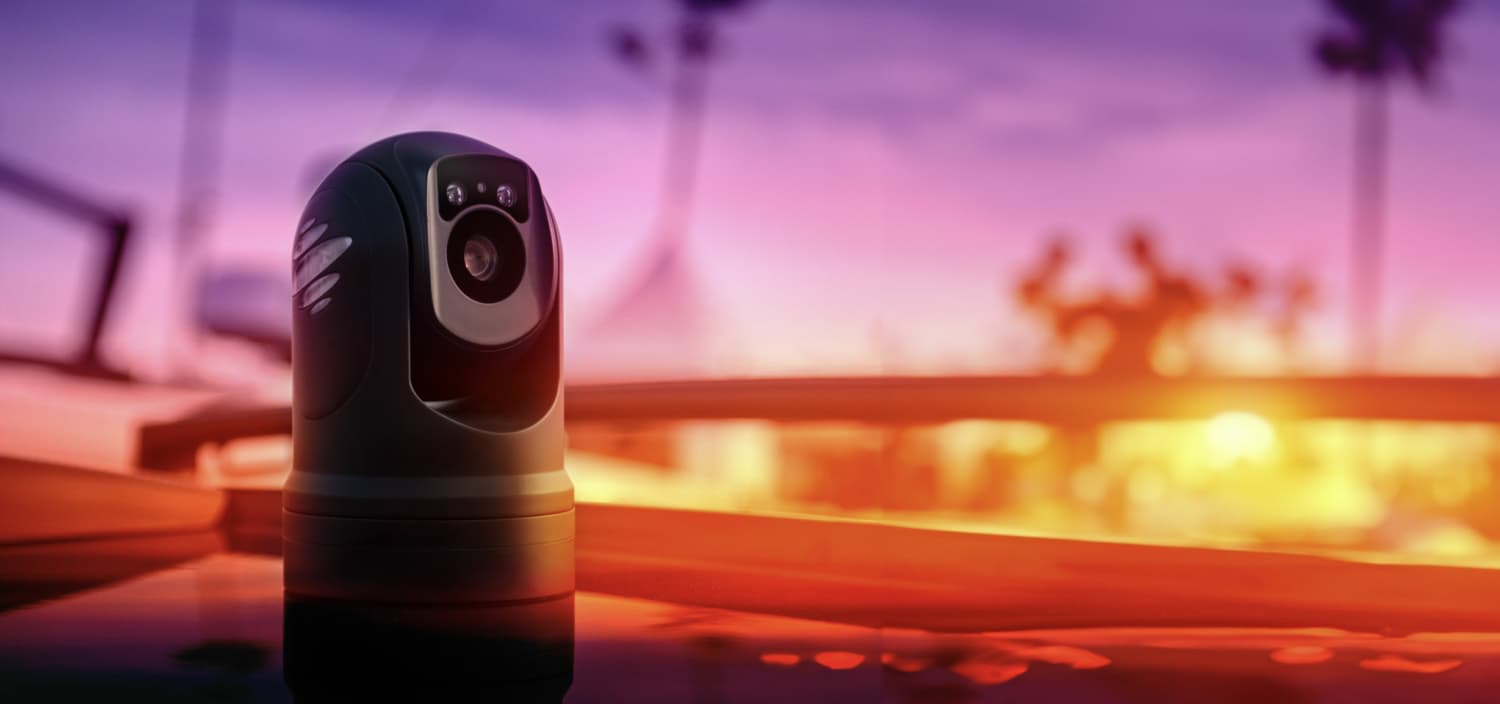Infravision: 10 Key Things You Must Know

Overview
Infravision refers to the ability to see or detect infrared light, which is electromagnetic radiation with wavelengths longer than visible light and shorter than microwaves. This term is often associated with night vision technologies, biological capabilities in animals, and scientific instruments that can sense heat signatures invisible to the human eye. Infravision has opened new frontiers in military, security, medical, and ecological fields by enabling vision in total darkness or through obscurants like smoke and fog. This article explores the diverse facets of infravision, from its natural biological basis to its technological applications and future developments.
1. The Science Behind Infravision
Infravision involves detecting infrared radiation that is emitted by objects based on their temperature. Unlike visible light, infrared cannot be seen by the naked human eye. Instead, infravision technology converts these infrared signals into electrical or visual signals that can be interpreted by humans. Commonly, infrared radiation falls within wavelengths from about 700 nanometers to 1 millimeter, encompassing near, mid, and far-infrared regions. This natural emission of heat allows infravision systems to operate effectively in total darkness, revealing hidden heat signatures.
2. Biological Infravision
Certain animals possess biological infravision capabilities, allowing them to detect heat emitted by prey or predators. For instance, some species of snakes like pit vipers have specialized pit organs that sense infrared radiation, giving them a thermal image of their surroundings even in darkness. This evolutionary advantage helps them hunt efficiently. While humans lack such biological infravision, research continues into enhancing human vision through technology inspired by these natural systems.
3. Early Development of Infravision Technology
The origins of infravision technology date back to World War II, when night vision devices were first developed to provide military forces with an advantage in nocturnal operations. Early devices used active infrared systems that emitted infrared light and detected its reflection. These initial devices were bulky and had limited range but laid the groundwork for passive infrared technologies that detect ambient heat emissions.
4. Key Applications in Military and Security
Infravision technology revolutionized warfare and security by enabling visibility in darkness, smoke, and camouflage. Soldiers use night vision goggles and scopes to detect enemy movements at night, while security forces employ thermal cameras for surveillance. The ability to see temperature differences enhances target identification and increases safety in hazardous environments, such as firefighting and search-and-rescue operations.
5. Medical and Scientific Uses of Infravision
Beyond military use, infravision plays a significant role in medical diagnostics and scientific research. Infrared thermography helps detect abnormalities in body temperature to identify inflammation, poor blood flow, or tumors. Scientists also use infrared imaging to study ecological systems, monitor plant health, or observe animals at night without disturbing them.
6. Thermal Imaging Cameras and Devices
Thermal imaging cameras form the backbone of modern infravision technology. These devices detect infrared radiation and convert it into a visual image, typically using color gradients to indicate temperature differences. Advances in sensor materials, such as microbolometers, have made thermal cameras more affordable, compact, and accessible to civilians for applications like home energy audits and wildlife observation.
7. Challenges in Infravision Technology
Despite its many advantages, infravision technology faces several challenges. Thermal images can lack fine detail compared to visible light, making identification difficult in some scenarios. Environmental factors like heavy rain or fog can affect infrared transmission. Additionally, the cost of high-end thermal devices remains a barrier for widespread adoption in some sectors.
8. Infravision Compared to Other Night Vision Technologies
Infravision is part of a broader category of night vision technologies, including image intensification, which amplifies low visible light, and infrared illumination systems that emit infrared light. Infrared thermal imaging differs by capturing emitted heat instead of reflected light, granting it unique advantages such as through-smoke and through-fog capability, which other systems cannot replicate.
9. Future Prospects of Infravision
The future of infravision technology is promising, with ongoing research aimed at improving sensor sensitivity, reducing size, and lowering power consumption. Emerging fields like augmented reality may integrate infravision for enhanced situational awareness. Furthermore, artificial intelligence is being combined with thermal imaging to automate object detection and enhance interpretative accuracy.
10. Environmental and Ethical Considerations
While infravision provides significant benefits, it also raises environmental and ethical questions. Thermal imaging can intrude on privacy by revealing people in darkness or behind obstacles. In wildlife studies, care must be taken to ensure that the technology does not disturb natural behaviors. Responsible use protocols and regulations are essential as infravision capabilities become more widespread.
Conclusion
Infravision represents a captivating intersection of biology, technology, and practical application, enabling vision beyond the visible spectrum. From the evolutionary adaptations of snakes to advanced thermal cameras in military and medical fields, infravision enhances our ability to perceive the world in new ways. Its continued development promises further breakthroughs that may redefine how we interact with our environment after dark. As the technology evolves, balancing innovation with ethical use will remain paramount, inviting us to consider how infravision shapes both our capabilities and responsibilities.
References
- How Infrared Cameras Work
- Infrared Vision and Night Vision Technology
- Biological Infrared Detection in Pit Vipers
- History of Night Vision Technology
- Applications of Thermal Imaging
- Medical Uses of Infrared Thermography
- Challenges of Thermal Imaging
- Infrared vs Image Intensification Night Vision
- Future Developments in Infrared Sensors
- Ethical Considerations of Thermal Imaging